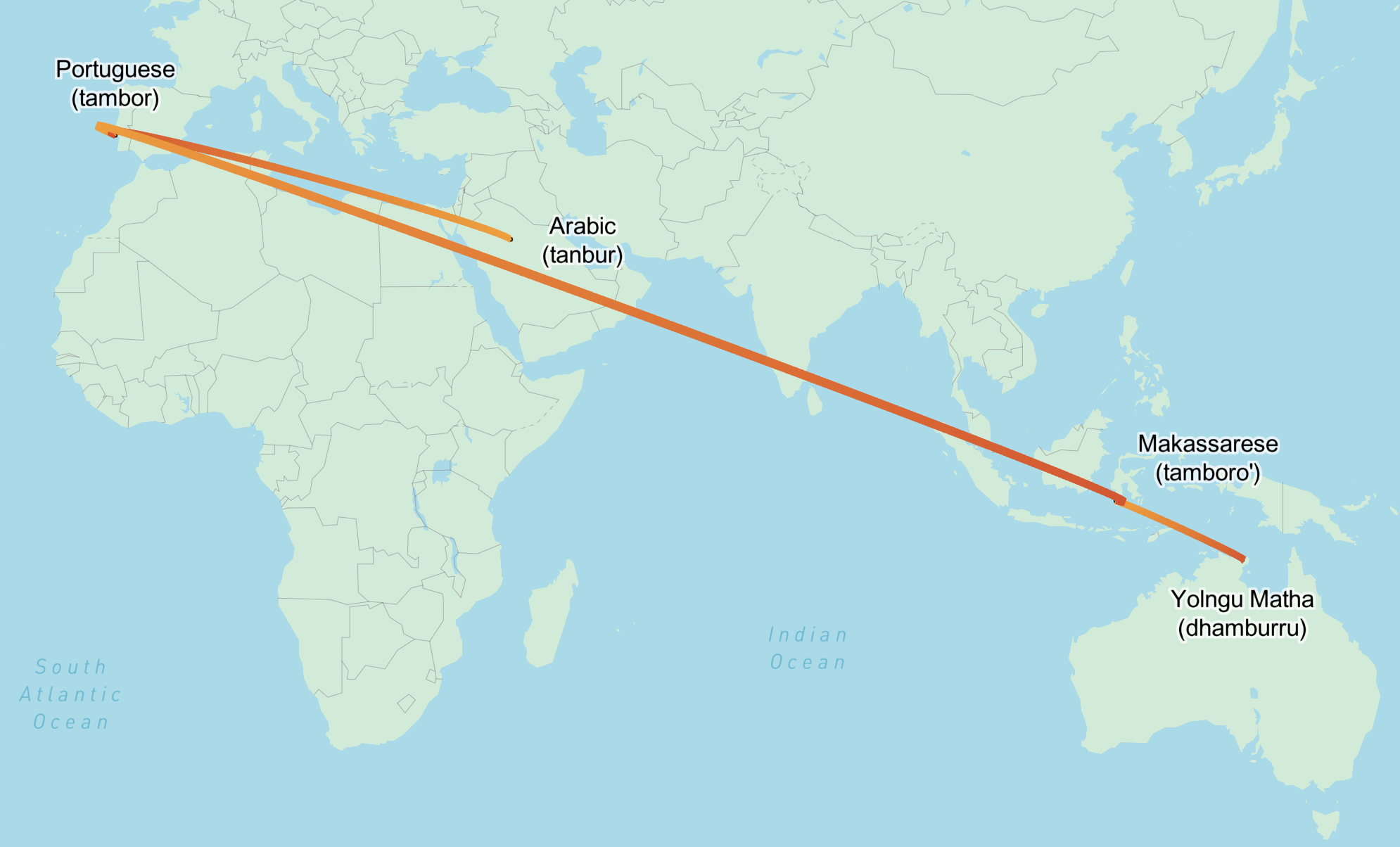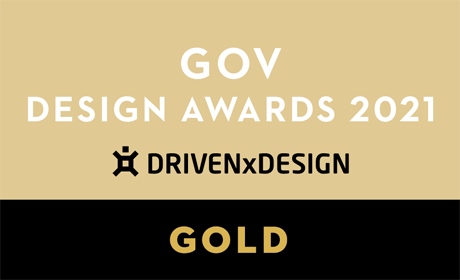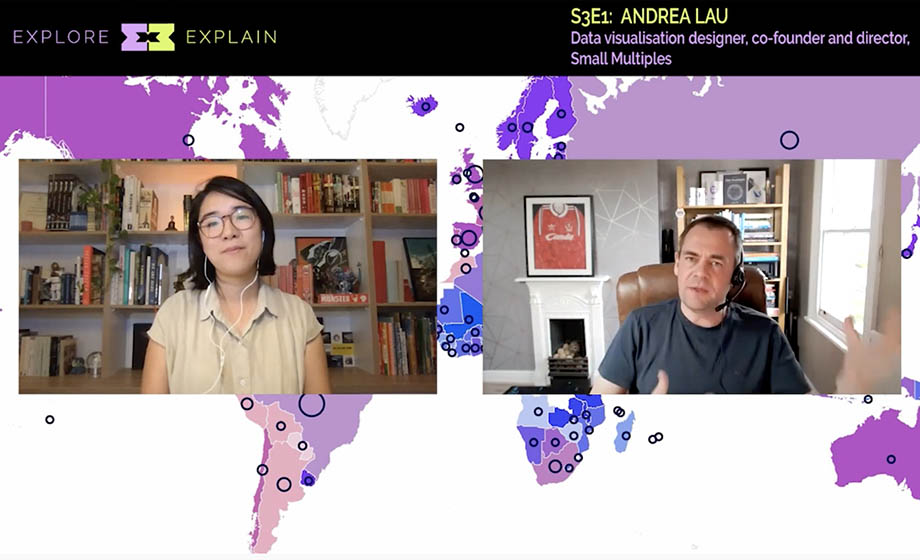Makassar, Buginese and other peoples from present day Indonesia probably began visiting Australia between 1640 and 1720, although it may have been as early as the 1500s. They traded with Aboriginal people along the north coast, especially seeking trepang (sea cucumbers) which were in turn exported to China. The term ‘Makassan’ or ‘Macassan’ is commonly applied to all these traders, who mostly came from present day Sulawesi. However there were other peoples who also came from islands such as Timor, Rote and Aru.
They brought with them many objects that were new to the area - fabric, metal knives, and rice for example. Many of these are still celebrated in the songs of Northern Australia. But alongside the objects, they also brought the words for those objects - some of which came from far away. The Indonesian region had long been a crossroads of many cultures, languages and religions, including Hinduism (the Hindu Majapahit empire for example ruled much of Indonesia from 1293 to circa 1527), Islam and the Arabic language, and later Dutch and Portuguese colonial interests.
Words from these languages spread throughout the Top End of the Northern Territory, as well as the Kimberley region of Western Australia, including the Yolngu, Tiwi and Bininj Kunwok languages. Although unfortunately little has been recorded of the Larrakia language of the Darwin area, Macassan cannons found near Darwin and dated to over 250 years old suggest that this area too received significant influence from Indonesia.
The traditional songs of the Yolngu people of Gurrumurru in North East Arnhem Land, for example, include titles such as Dhamburru (‘drum’, via the Portuguese ‘tambor’ and ultimately Arabic طنبور, tanbur), Djoliŋ (‘Mouth Organ’, from the Makassarese suäliŋ for flute, seluring in Bahasa Indonesia) and Garrurru (‘calico flag’, from the Makassarese karóro? for sailcloth).
The word for 'drum' in the Yolngu language of the Northern Territory comes from Arabic, via Portuguese and Makassarese
Mapping can help us not just understand history and cultures better, but also serve communities in practical ways. We’ve recently been working with the Indigenous Literacy Foundation to map their programs and help communities better understand the services available to them (watch this space!).
If you enjoyed this map, you might also like the Gambay Indigenous Language Map from First Languages Australia, or the map we made following the destruction of Juukan Gorge which overlays significant Aboriginal sites and mining areas.
 View All
View All



